This website uses cookies so that we can provide you with the best user experience possible. Cookie information is stored in your browser and performs functions such as recognising you when you return to our website and helping our team to understand which sections of the website you find most interesting and useful.
Sake special: The history of Kyoto sake
In the first of a three-part series, the Kyoto Municipal Institute of Industrial Technology and Culture explores the history and science behind Japan’s national drink.
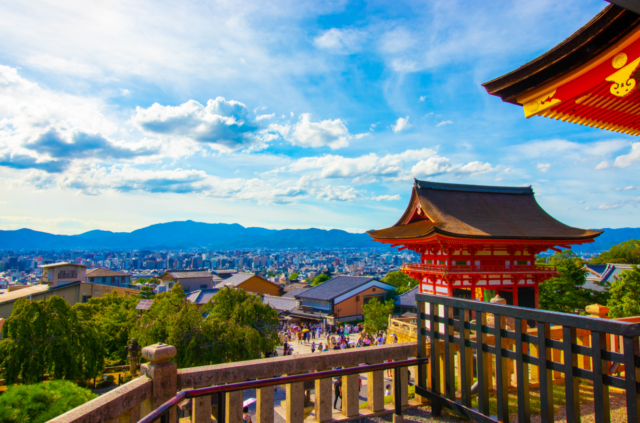
Before Tokyo, Kyoto was Japan’s capital, a title it held between the years of 794 and 1869. It is also often referred to as the country’s cultural capital. It is home to 41 sake breweries, 22 of which are in the Fushimi district where the Matsuo Taisha shrine, built in 701AD to acknowledge a deity that is considered to be the god of sake, is located. Fushimi has a history of sake brewing dating back to the 14th century. Since then it has been recognised, both domestically and internationally, as a leading sake-producing region and is responsible for 17% of Japan’s total sake output.
The history of sake production dates back some 2,000 years. Little is known of its origins and many different types and styles of sake have been made over the years. In a book called Ryo-no-shuuge, written in 868, there are records of an official government department which made sake called ‘Heian-kyo Sake Brewer’ in Kyoto. In is not known whether sake was made outside of the control of the government ministry.

One of the sakes made at the time was called ‘goshu’, which was offered to the emperor. In that period sake was made differently than it is now. While, like today, it was made from koji (steamed rice inoculated with koji-kin or koji mold spores), steamed rice and water, the ratio of koji and the number of times the moromi or sake mash was pressed was higher, resulting in a sweet, rich kind of sake. The Heian-kyo Sake Brewer department also produced ‘goishu’, a type of sake made only in the summer. Nowadays, people in Japan enjoy refreshing nigori sake, an unfiltered style, and sake with ice in the summer. But the practice of making ‘summer sake’ itself started in the Heian period (794 to 1185).
A book called Heihanki, written in the 12th century, recounts how sake was consumed at the court of Kyoto. The book describes a banquet held during the emperor’s abdication ceremony, during which sake was drunk and songs were sung. During ancient Japanese banquets, sake was commonly consumed as part of a ritual known as ‘shikisankon’. When someone takes one sip from a sake cup it is called ‘hitotabi’. When this is repeated three times, it is known as ‘ikkon’. Shikisankon is the practice of repeating the ‘ikkon’ three times, consuming a total of nine sips of sake. At the time, sake was not drunk from traditional earthenware ‘ochoko’ cups, which only came into use in the 17th century, but from a “much older predecessor”. Shikisankon has become part of the traditional ritual or ‘sansankudo’ performed at Shinto wedding ceremonies to this day.
Another 12th century source notes the details of menu served by a high-ranking member of Kyoto society, Fujiwara Tadamichi. It records how sake was poured in a cup placed to the right of the chopsticks, and was served alongside dishes including dried abalone and namasu carp, cut into thinner slices than sashimi, and seasoned with salt, soy sauce and vinegar.
By the 13th century, sake brewing in Kyoto was thriving. Japan’s first urban sake breweries started to emerge in Kyoto, with more than 300 production sites in a city of 300,000 people. Sake formed such a large part of Kyoto culture than in the 15th century, there is evidence of a brewery that paid the equivalent of 10% of the government’s total tax revenue at the time. This brewery was also responsible for selling Japan’s first branded sake, known as ‘Yanagi’.
Sake also played a role in contemporary drinking games. Groups of ten players drank a total of ten cups of sake in a game known as ‘totabi-nomi’. The winner was the group that finished first.
A 16th century work entitled The Diary of Tamonin, written in 1576, mentions a sake brewing technique used in Kyoto at the time. It was here that the term ‘morohaku’, in which both koji and plain steamed rice are polished, is mentioned for the first time. Today, morohaku is considered to be the basic method of sake production. The source also described a process of heating for sterilisation which would now be recognised as pasteurisation.
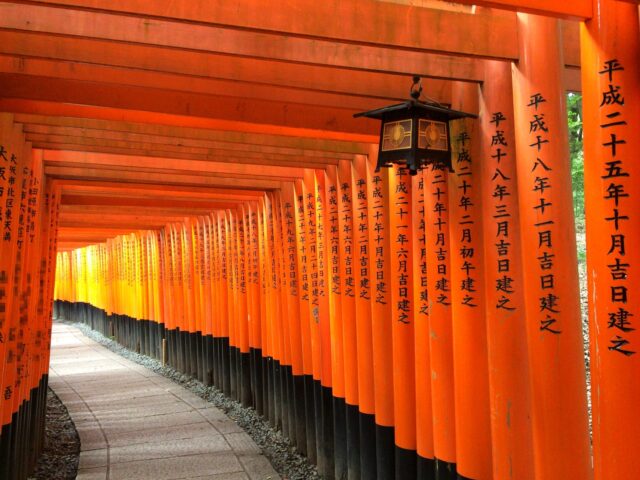
Up until the end of the 16th century, sake was made in earthenware pots, ranging in capacity from between 250 litres and 540 litres. Excavations conducted in Kyoto in 2005 found remains of holes where the jars were placed. One Japanese sake brewery, which dates back over 400 years, is know to still own an earthenware pot used when it was first founded. It is believed that by the end of the 16th century, sake began to be brewed in wooden vats.
From this point onwards, Japan’s economic centre gradually shifted to Tokyo. This had a corresponding effect on Kyoto’s sake breweries. Rather than Kyoto, breweries in Nada, including the cities of Kobe and Nishinomiya in the Hyogo prefecture, supplied Tokyo’s growing thirst for sake. By this time Tokyo’s population had swelled to reach one million.
From the late 18th century, Nada became Japan’s largest sake-producing area, making a dry style of the beverage that was popular in Tokyo. Meanwhile Kyoto, with its less efficient logistics and its production of mainly rich and sweet sake, began to suffer as consumers in Tokyo demanded dry sake. As a result, the number of breweries in the region dwindled. Some breweries started selling Kyoto sake labelled as being from other sake regions, reducing Kyoto’s prestige.
However, Kyoto has remained the second-largest sake-producing region in Japan thanks to the continued efforts of its brewers, particularly in Fushimi. Geographically, Fushimi is blessed with good access to the Tokaido highway, Japan’s ancient transport artery which connects Tokyo (or Edo as it was once known) to Kyoto. Fushimi is also a port town, meaning sake could by shipped by river to the commercial capital of Osaka.
Feudal lords from western Japan were forced to pass through Fushimi on their way to Tokyo. Due to a law at the time, lords from all over Japan were required to periodically travel back and forth between Edo and their home. This was in order to reduce their economic power and prevent rebellion, and Fushimi benefitted from the passing trade.
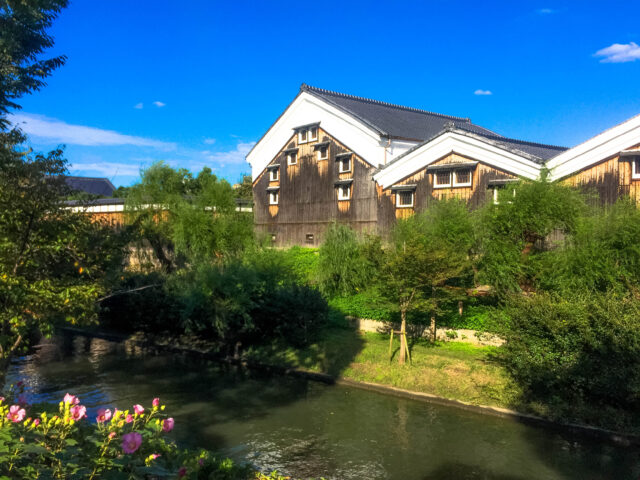
The Fushimi region also boasts iron-free water, considered suitable for sake brewing, which was another factor in its rise to prominence. Once called Fushimizu, translating as ‘underground spring’, the region was area was known for its abundance of water. The entire Kyoto basin, which includes Fushimi, is said to contain the same volume of water as is stored in Japan’s largest lake, lake Biwa, which is the current source of water for Osaka.
As such, Fushimi used its economic, geographic and logistical advantages to further the reputation of Kyoto sake.
The region accounted for just 9% for total sake production volume in 1999, but by 2019 it had risen to 17%. This is despite total sake production volume falling 55% in this 20 year-period, meaning that sake from Fushimi has enduring appeal.
While sake was made in the summer months, it was more commonly produced in the winter with the cooler temperatures helping to avoid spoilage. The timing was also influenced by the rice harvest, which took place in the autumn. Gekkeikan in Fushimi was the first producer to begin brewing all year round, inviting a team of highly-trained engineers to improve its technology and introduce temperature control at the start of the 20th century. Traditionally sake was brewed by a group of seasonal workers led by a toji or master brewer.
Another influential brewery in the region is Tamanohikari Shuzo, which pioneered the resurgence of Junmai sake, which is now the dominant form of sake sold overseas. The term refers to sake made using only rice, water, yeast and koji with no additives such as sugar or distilled alcohol permitted. Since World War II producers had been making cheap sake by adding in distilled alcohol. This process of sake brewing was recommended by the government at the time due to the dwindling supply of rice during the war. However, in 1964, Tamanohikari Shuzo bucked the trend, reviving junmai sake and laying the foundations for its popularity today.
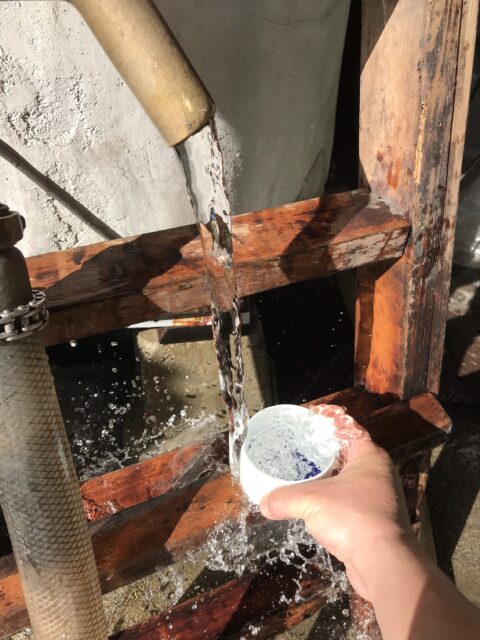
Fellow Fushimi sake maker Masuda Tokubei Shoten has been credited as being the first to commercialise Nigori, a cloudy style of sake that is often slightly fizzy. The brewery supported the launch of Ki No Bi, billed as Japan’s first craft gin, and continues to provide water for the distillery.
The efforts and pioneering spirit of breweries in Fushimi has been supported by the Fushimi Brewery Association, founded in 1913 with six original members. The organisation now has 65 members from 25 different companies and continues to advocate sake brewing that is led by science. The organisation has supported breweries in obtaining equipment that enables production throughout the year. It also developed the yeast strain used in ginjo sake (which uses rice that has been polished to at least 40%), new brewing methods and a special type of sake rice, and has aided the isolation of koji mold. Thanks to its assistance, Kyoto sake is known for its adherence to traditional techniques as well as cutting-edge methods.
Today’s challenge: the development of iwai, the sake specific rice
Kyoto is now home to major breweries including Takara Shuzo, Japan’s largest sake brewery which is known for its sparkling sake Mio, and Gekkeikan, which boasts Japan’s largest sake museum. Smaller producers include Masuda Tokubei Shoten, which specialises in aged sake and is a member of the newly-formed Toki Sake Association, and Kinoshita Shuzo, known for its natural sake production.
23 of the 41 sake breweries in Kyoto use a special strain of rice grown in the region, known as iwai. In 1936 there were a total of 646 hectares of iwai rice and it was considered the sake rice of Kyoto.
However, during World War II, as Japan faced a food shortage, the government prioritised table rice over sake rice and the area under cultivation was dramatically reduced. In 1946, iwai rice was dropped from the list of recommended rice varieties, and the Kyoto prefecture was no longer obligated to supply the seed to farmers. Delisting a rice variety does not necessarily mean that it stops being grown, but it was apparent that the variety had become very scarce.
Since its delisting, however, there were growing calls for its revival because it is believed to produce a higher-quality sake. As food became more plentiful the variety regained its spot on the list in 1955 and by 1962, the area under cultivation had risen to 396ha.
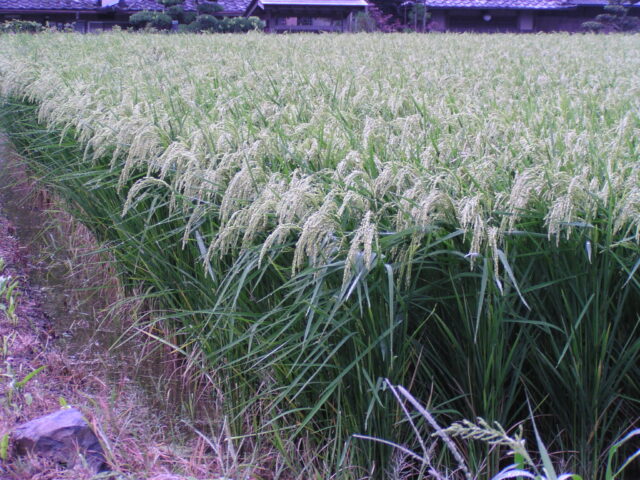
However, due to its inability to be machine-harvested as it grew too tall, the variety was delisted again in 1973.
In 1992, a second revival began, driven by a desire to produce Kyoto sakes with a real sense of place. However, the Kyoto Prefectural Agricultural Research Institute, which is now part of the Kyoto Prefectural Agriculture, Forestry and Fisheries Technology centre, did not have any iwai rice seed as the variety had been delisted for 19 years. As such, the seeds were obtained from the Kyoto Prefectural University and the revival began in earnest.
At the same time as the revival project, scientists began researching ways to improve the variety’s shortcomings, such as its greater stalk height. The variety also produces small grains so the team aimed to achieve a heavier ‘senryuju’ (the term of the weight of 1,000 rice grains), which results in a higher yield.
Iwai rice naturally grew to a height of between 1.1m and 1.2m, compared to the 70cm achieved by famous table rice variety koshihikari. In 1999, after eight years of work, a suitable iwai clone was selected out of 18,200 potential candidates. This clone grows 10cm lower (between 1m and 1.1m) than its predecessor and has a heavier senryujyu.
Those who use iwai believe it has a clean taste and creates unique flavours. They liken it to famous sake rice variety yamadanishiki in terms of its ability to produce a high-quality beverage. However, it still has some disadvantages such as a lower yield of 340kg per 10 acres compared to the main food rice variety koshihikari, which achieves 500kg per 10 acres. Additionally, its water absorption is higher than yamadanishiki and therefore a greater skill is required in the brewing process.

The research department at Kyoto Municipal Institute of Industrial Technology and Culture (KMIITC) is now researching the relationship between the way rice is grown and the production method used in sake brewing. It is expected to produce clear scientific data on the types of aroma that can be detected in sake using different methods of rice growing. Supporters of iwai believe that after overcoming several difficult periods, it will play an important role in furthering the reputation and potential of Kyoto sake.
It is no exaggeration to say that the history of sake brewing in Kyoto is the history of Japanese sake brewing. It developed in various ways, such as in the form of rituals and offerings to the emperor’s family and gave birth to a new form of urban sake production.
Sake sales
Japan has seen domestic consumption of sake drop and exports rise. In 1973, 200 million 8.64 litre cases were shipped domestically compared to just 54 million in 2019. Exports, however, have risen to achieve a record high of 23.4 billion yen in 2019 and a compound annual growth rate (CAGR) of 6.8% by volume in a decade (2009-2019). Sake exports have increased tenfold in the past 30 years, from just 2.55 billion yen worth of sake sent to 50 countries in 1989 to 23.4 billion yen shipped to 69 countries in 2019. The Japanese government has set the industry an ambitious target of achieving 60 billion yen through sake exports by 2025 and a CAGR of 27% by volume between 2019 and 2025.
Sake’s success overseas can also be measured by the actions of major brewers. Takara Shuzo and Gekkeikan established subsidiaries in the US in 1983 and 1989 respectively, and America is now the largest export market for sake. In 2019, 30% of exports went to the US with a total value of 6.75 billion yen. However, statistics show that the actual volume of sake exported from Japan to the United States is only 20% of the total volume distributed and sold in the country. The US has become a major market for both the sale and production of sake, with breweries established in areas such as Brooklyn in New York.
Of the 10 largest exports markets, seven are in Asia. Exports to the region accounted for 66% of the total value of sake shipped between January and November 2020. The top market by value during this period was Hong Kong, with exports totalling 5.27 billion yen, an increase of 48% compared to the same period in the previous year. Exports to China also rose by 12% in value to hit 4.91 billion yen. As well as the on-trade, a third of total sales in China are made online.
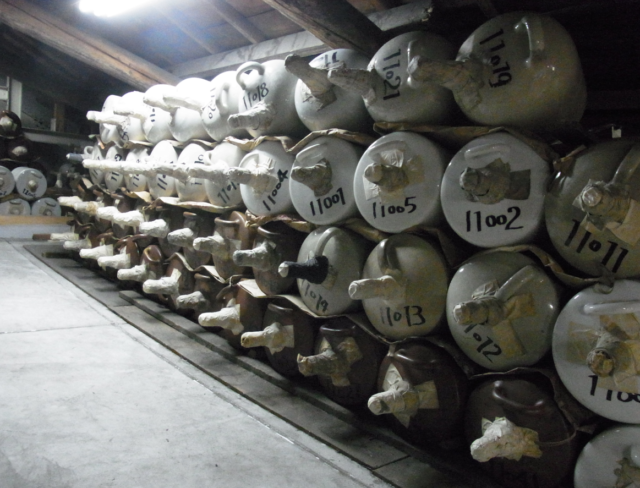
In Europe, the top three markets are France, the UK and Germany. Last year, Japan Sake and Shochu Makers Association partnered with the French Sommelier Association to increase sake awareness and knowledge among French sommeliers.
Other educational campaigns include the work of the Toki Sake Association, which was formed last year to promote aged sake both in Japan and overseas. Seiichi Koshimizu, Suntory’s esteemed former chief blender, and Japanese sommelier Shinya Tasaki, who was named the World’s Best Sommelier in 1995, joined the association as advisors.
Sake’s food-pairing potential is gradually being transmitted to overseas markets. While often clear and transparent in colour, sake is made in a similar way to that of wine and beer, and is characterised by a fruit-forward aroma. As sake’s food-friendly nature is further recognised around the world, Kyoto’s unique history, which shapes the sake it produces, is now highly-valued.

